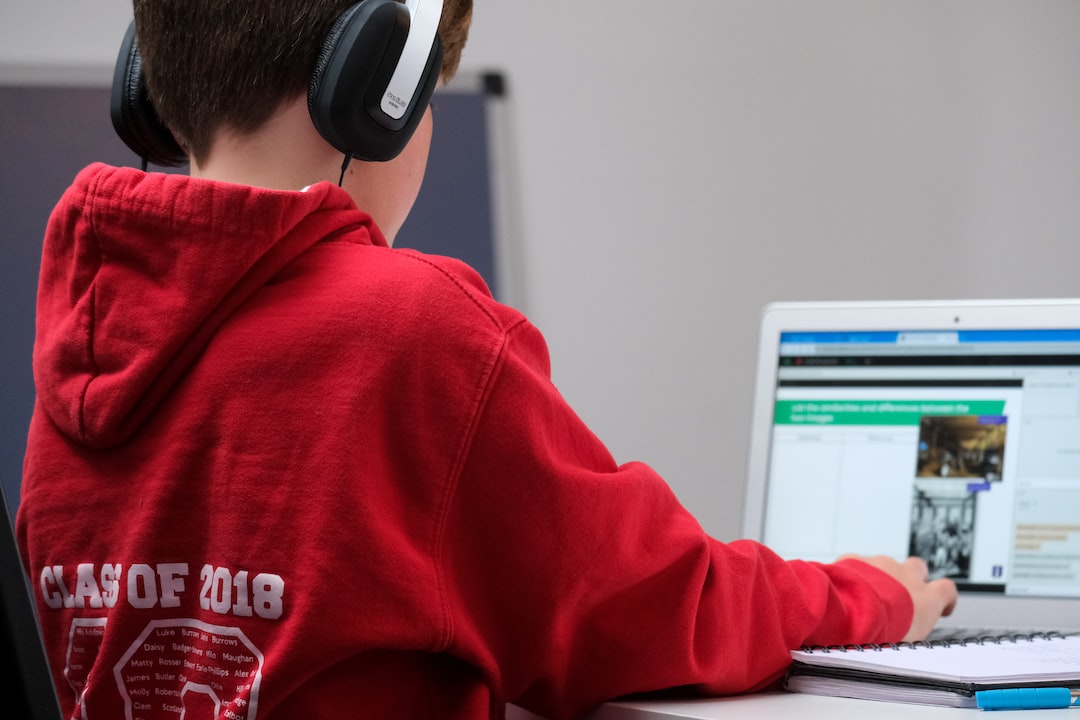In today’s rapidly evolving world, access to quality education has become essential for individuals to thrive. Unfortunately, many communities and individuals face significant challenges in accessing education due to various factors like geographical location, lack of resources, and financial constraints. However, with the advent of e-learning, the education gap is gradually being bridged, bringing new opportunities and possibilities for education to those who were previously left behind.
E-learning, or electronic learning, refers to the use of technology to deliver education and training remotely. Unlike traditional classroom settings, e-learning allows learners to access educational materials and instruction anytime and anywhere. This flexibility is a crucial factor in bridging the education gap, especially for those who are unable to attend physical schools or universities.
Geographical location often poses a significant challenge for individuals seeking quality education. Remote areas and developing countries often lack educational infrastructure, making it difficult for students to access schools or universities. E-learning provides a solution by leveraging technology to deliver education to these marginalized communities. With a simple internet connection, learners in remote areas can access a wealth of educational resources, including online lectures, textbooks, interactive quizzes, and virtual classrooms, ensuring they receive quality education regardless of their geographic location.
Furthermore, e-learning allows the possibility of connecting learners with expert teachers who might otherwise be inaccessible due to geographical constraints. Through online platforms and virtual classrooms, teachers can reach out to students globally, sharing their knowledge and expertise. This transcends the boundaries of traditional education, providing students with diverse perspectives and a global learning experience. Additionally, e-learning platforms often offer interactive tools like discussion forums and video conferences, enabling students to engage with their peers and teachers, fostering collaborative learning experiences.
Financial constraints are another significant barrier to education that e-learning effectively addresses. Obtaining a quality education can be prohibitively expensive, particularly in higher education. Tuition fees, accommodation costs, and other expenses often prevent individuals from pursuing further education. E-learning curtails these financial barriers, allowing learners to access courses and programs at a fraction of the cost of traditional education. Additionally, e-learning enables students to save on commuting expenses and cuts down on other extraneous costs associated with attending a traditional classroom, making education more affordable and accessible.
Moreover, e-learning platforms often offer financial aid and scholarships, further expanding educational opportunities for those who cannot afford the full costs. This provides a lifeline for many individuals who would otherwise be unable to pursue education due to financial constraints. By making education more affordable, e-learning plays a vital role in reducing the education gap and ensuring equal opportunities for all.
E-learning also addresses the issue of resource scarcity that many communities face. Inadequate educational resources, such as textbooks and libraries, hinder the quality of education. E-learning platforms, on the other hand, offer a vast array of resources that can be accessed by anyone with an internet connection. Digital textbooks, interactive learning modules, and multimedia resources provide learners with up-to-date and comprehensive educational materials. This abundance of resources empowers students to pursue self-paced learning, explore their interests, and acquire skills that are relevant to the modern workforce.
Furthermore, e-learning allows for personalized learning experiences, catering to individual learning needs and abilities. Adaptive learning technologies track and analyze learners’ progress, offering customized recommendations and interventions tailored to their specific strengths and weaknesses. This individualized approach ensures that students receive targeted support, further enhancing their learning outcomes. By addressing the multifaceted needs of learners, e-learning plays a vital role in closing the education gap and ensuring educational equity.
In conclusion, e-learning has emerged as a powerful tool in bridging the education gap by providing access to quality education to individuals and communities previously left behind. Through its flexibility, affordability, accessibility, and abundance of resources, e-learning ensures that education becomes a universal right rather than a privilege. As technology continues to advance, the role of e-learning in bridging the education gap will only become more prominent, empowering individuals and transforming the face of education worldwide.
